Bevel Gears:An Overview
What Are Bevel Gears?
Bevel gears are gears where the axes of the two shafts intersect, and the tooth-bearing faces of the gears themselves are conically shaped. They are used to transmit power between intersecting shafts, usually at a 90-degree angle. Bevel gears can have straight, spiral, or hypoid teeth.
What Materials Are Used for Bevel Gears?
Bevel gears are manufactured from various materials, each offering specific characteristics:
- Alloy Steel: Provides high strength and durability, ideal for demanding applications.
- Carbon Steel: Offers a good balance of strength, cost-effectiveness, and machinability.
- Stainless Steel: Provides excellent corrosion resistance, suitable for harsh environments.
- Cast Iron: Cost-effective and durable, commonly used for larger gears.
- Brass and Bronze: Good for lower load applications where reduced friction is beneficial.
How Are Bevel Gears Machined?
The gear machining process for bevel gears involves several precise steps:
- Design and Modeling: Using CAD software to create a detailed design.
- Material Selection: Choosing the appropriate material based on application requirements.
- Cutting and Shaping: Using specialized machines like bevel gear generators or milling machines to cut the gear teeth.
- Heat Treatment: Hardening the gear material to enhance durability and wear resistance.
- Finishing: Grinding or lapping to achieve the desired surface finish and dimensional accuracy.
- Inspection and Quality Control: Ensuring the gears meet all specifications and standards.
What Are the Types of Bevel Gears?
Bevel gears come in several types, each suited to specific applications:
- Straight Bevel Gears: Teeth are straight and parallel to the axis, providing simple and cost-effective power transmission.
- Spiral Bevel Gears: Teeth are curved and angled, providing smoother operation and higher load capacity.
- Hypoid Bevel Gears: Axes of the gears do not intersect, allowing for higher torque transmission and quieter operation.
What Are Common Bevel Gear Terms?
Understanding bevel gear terminology is essential for precise communication and design:
- Pitch Angle: The angle between the pitch surface and the axis of the gear.
- Face Width: The width of the gear tooth measured along the pitch cone.
- Back Cone: The cone that intersects the back of the teeth.
- Mounting Distance: The distance from the back of the gear to the mounting face.
- Spiral Angle: The angle of the spiral teeth relative to the gear axis.
How Are Bevel Gears Produced?
Bevel gears are produced through several methods, including:
- Gleason and Klingelnberg Cutting: Specialized machines cut the bevel gears using proprietary methods.
- Milling: Using a milling machine to cut the teeth one at a time.
- Grinding: Employed for high precision and fine finishes, especially in hardened gears.
What Are the Tool Costs for Bevel Gear Production?
Tool costs for bevel gear production can vary based on several factors:
- Material: The cost of the raw material chosen for the gears.
- Tooling: The cost of cutting tools and machinery required for manufacturing.
- Precision Requirements: Higher precision gears require more sophisticated tools and processes, increasing costs.
- Volume: Higher production volumes can reduce per-unit tooling costs due to economies of scale.
What Are the Benefits of Bevel Gears?
Bevel gears offer numerous benefits, including:
- Versatility: Suitable for a wide range of applications and industries.
- Efficiency: High efficiency in transmitting power between intersecting shafts.
- Smooth Operation: Especially true for spiral and hypoid bevel gears.
- Durability: Strong and long-lasting, especially when made from high-quality materials.
- Compact Design: Allows for efficient use of space in mechanical systems.
What Are the Applications of Bevel Gears?
Bevel gears are used in a wide array of applications, such as:
- Automotive: Differentials and steering systems.
- Industrial Machinery: Mixers, conveyors, and crushers.
- Aerospace: Actuators, landing gear, and control systems.
- Marine: Propulsion systems and winches.
- Robotics: Motion control and actuation systems.
- Power Tools: Drills, saws, and grinders.
Why Choose Welleshaft for Your Bevel Gear Needs?
Choosing Welleshaft for your bevel gear requirements offers several advantages:
- Expertise: Decades of experience in high-precision gear manufacturing.
- Advanced Technology: Use of cutting-edge manufacturing techniques and equipment.
- Customization: Ability to create bespoke solutions tailored to your specific needs.
- Quality Assurance: Commitment to stringent quality standards for reliable and durable gears.
- Customer Support: Dedicated service and support throughout the entire process, from design to delivery.
The Advantages of Spiral Bevel Gears
Spiral bevel gears offer unique advantages that make them ideal for high-torque and precision applications:
- Higher Load Capacity: The curved teeth provide a larger contact area, resulting in higher load capacities.
- Smooth Operation: The gradual tooth engagement reduces noise and vibration.
- High Efficiency: Spiral bevel gears transmit power more efficiently compared to straight bevel gears.
By understanding the features, advantages, and applications of bevel gears, you can make informed decisions for your mechanical systems, ensuring optimal performance and reliability. Choosing Welleshaft guarantees access to high-quality, custom-tailored bevel gears backed by decades of experience and advanced technology.

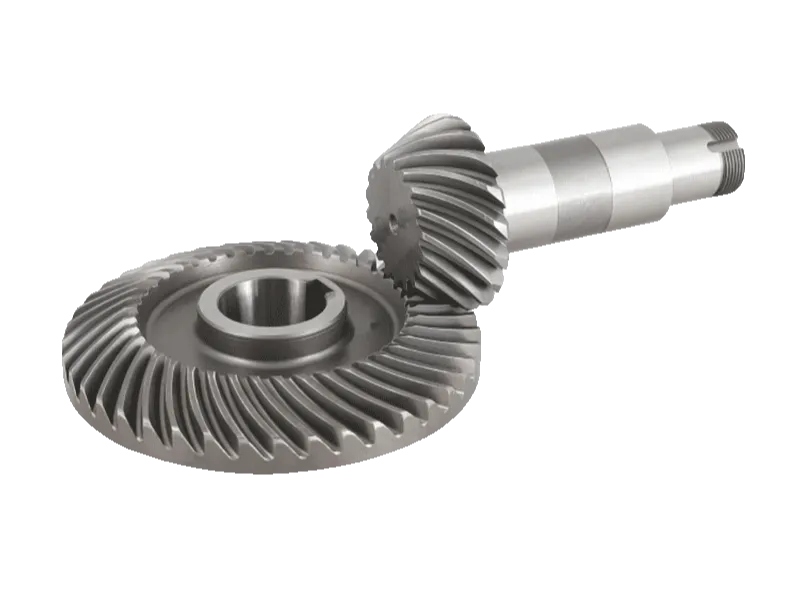
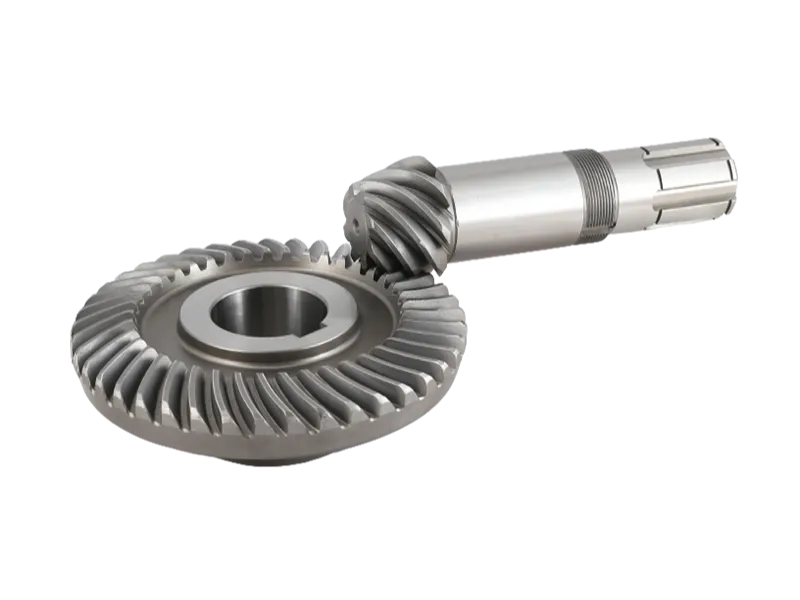
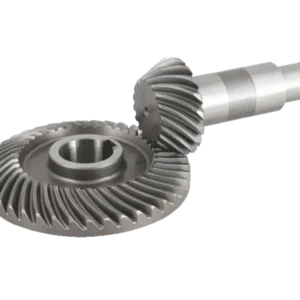
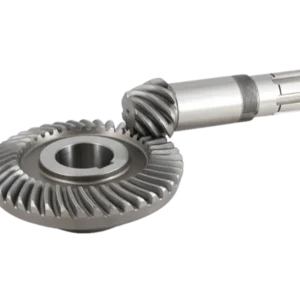
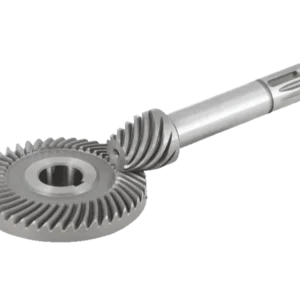
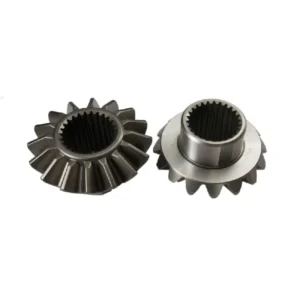
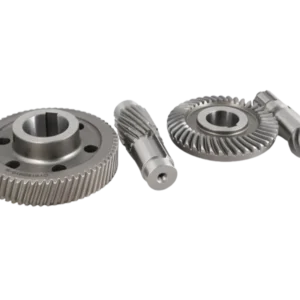
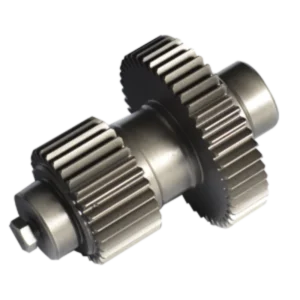
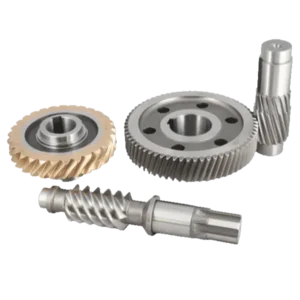
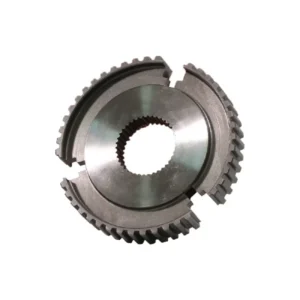
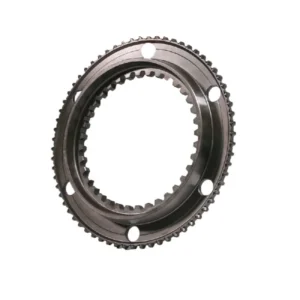
Reviews
There are no reviews yet.